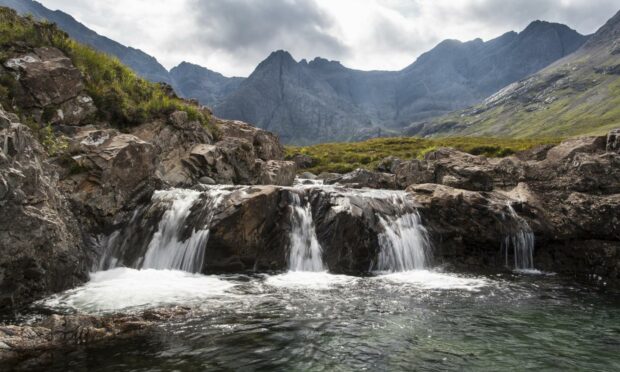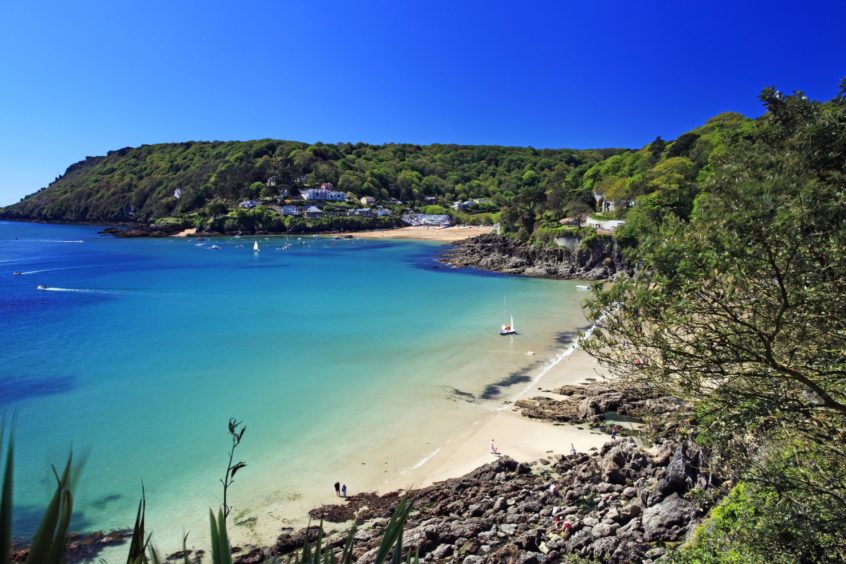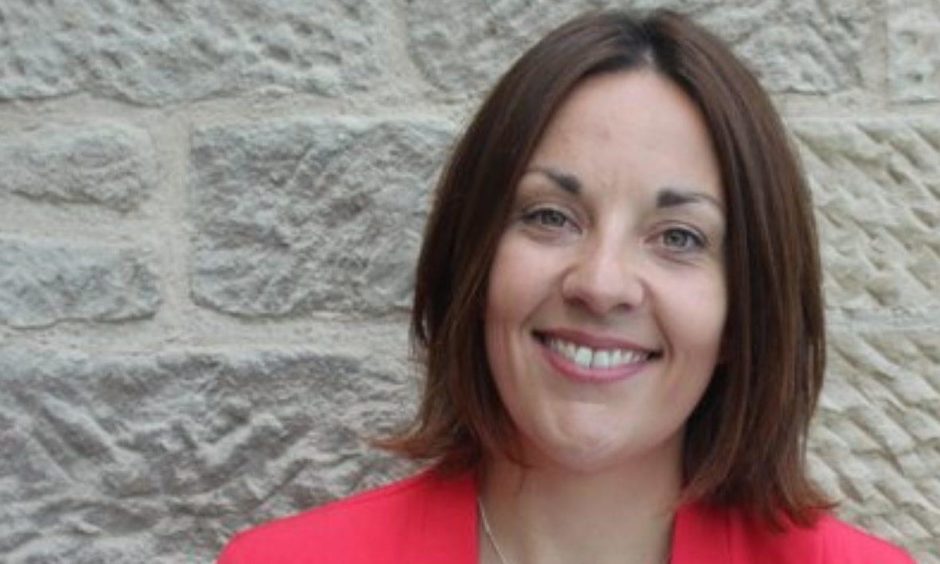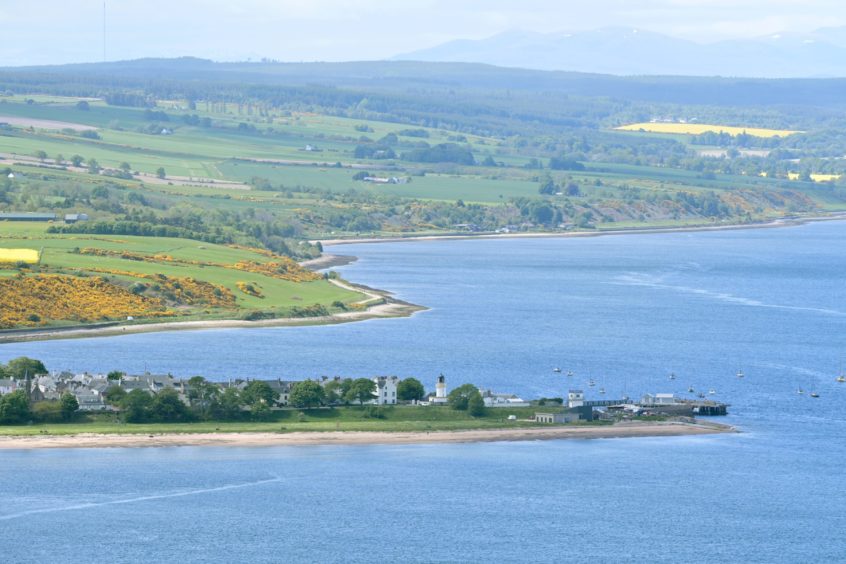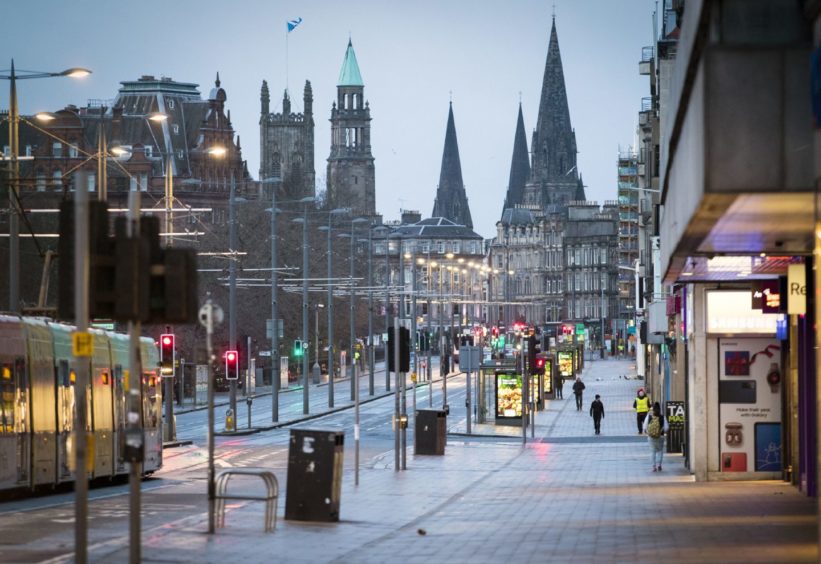The story of the Devonshire seaside town of Salcombe caught my eye this week.
This idyllic location is a favourite for wealthy second-homers, who will often sail their first boat up for an exclusive long lunch.
A study undertaken in 2018 showed that over 50% of the homes in the area were owned by people whose primary residence was somewhere else.
For the past few years locals have been to trying to reconcile the reality that the average wage is below the national average, whilst the majority of houses sell for over £1million.
The council’s response has been to enact a new rule that all new builds have to be the primary residence of the buyers.
It’s a move which might stem the tide of wealthy holidaymakers but I’m not sure it I’ll do much to alleviate the housing and living conditions of the town’s hospitality and public sector workers.
Staycation
I’m just back at my desk after two weeks holidaying in Scotland, firstly in Skye and then Cromarty via Plockton.
Each location shared Salcombe’s breath-taking beauty, but also its deep tension between capitalising on its tourism potential whilst also remaining a sustainable, viable place to live and work out of season.
We arrived at Skye’s famous fairy pools in the week the official public toilets were opened for the first time.
We even caught the local MSP celebrating the infrastructure on Radio Skye, despite the regular interruptions from background hand dryers.
Given there were hundreds of people trekking the same path as us up through Glenbrittle, I can only imagine what happened before they were installed.
In Portree, I begged the owner of a pizza shop to feed us just as her doors were closing at 8pm.
She kindly obliged and as we chatted whilst my margarita baked, she told me she could happily turn pizza’s out till midnight on demand, but just couldn’t get the staff.
Brexit meant that all the seasonal staff she could traditionally rely on coming over from Eastern European countries were no longer available to her.
She worried that she’d have to shut altogether in September when two of her staff, local girls, would return to their university studies on the mainland.
The shortage of staff meant spiralling wages too, with local hotels in Skye advertising for housekeeping at £14 an hour. Can the local businesses sustain that?
As we arrived in Cromarty, we were struck by the impact of the oil industry on the town and surrounding area, with the Firth being used as a car park by no less than 13 oil platforms on this occasion.
That combined with Nigg, provides hundreds of well-paid jobs but there’s no doubt it’s a blight on the landscape.
Locals told us that just five of the houses on the front were occupied by people who permanently lived in Cromarty.
Again those second homers pricing locals out of the market. Bringing their wealth for two weeks once a year, with the properties often left vacant for the rest.
I’ve probably seen more of my own country in the past 18 months than I have in the life I led before it.
Yet in amongst the picturesque postcards and trinkets, I’ve also seen some of Scotland’s most intractable problems.
Tourist tax
How can you create vibrant sustainable rural communities for 12 months of the year?
How do we support booming tourism without fundamentally changing the character of our villages and towns?
How do we attract and keep staff in hospitality and agriculture industries without throttling the profit margins of local businesses?
There’s been much talk in the last Scottish Parliamentary session about a tourist tax, often just in the context of the capital city.
The idea being that you could levy a sum for every night a tourist stays in a hotel or Airbnb which could then be ringfenced and used to invest in the type of infrastructure you need to sustain the tourism.
In Edinburgh, that largely meant bigger bins. The big hoteliers and short-term letting agencies used their might to delay and dilute the proposals yet after two weeks galivanting around Scotland, I see the merit of the idea more than ever.
More taxes should be levied on tourists and it should be raised by councils and invested in projects and endeavours that local resident communities demand.
How often have you seen a local tax assigned to a restaurant bill in Spain, France or Greece? How little did you care about paying it after a carafe of the house wine?
Far from putting me off holidaying in Scotland, I think it would encourage me to do more of it, knowing that every indulgent dessert or caffeine kick was doing something very specifically to support and sustain the beauty of this beautiful country we call home.
Read more by Kezia Dugdale here.
